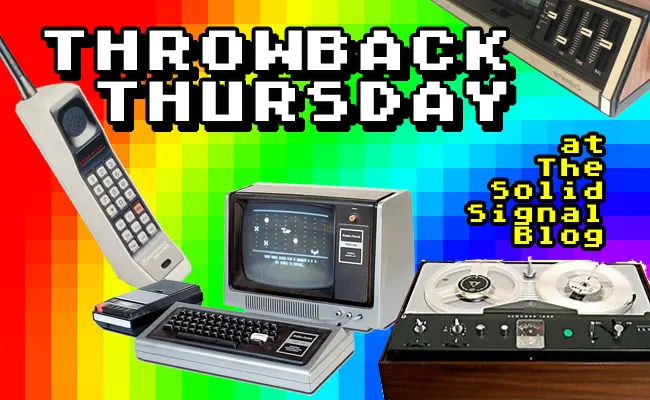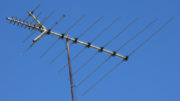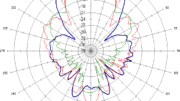It was the most popular article on this blog for quite some time. Back in April, 2017, I published an article called, “FCC concludes historic spectrum auction, 1,000 stations affected.” It detailed a plan by the FCC to remove 15 broadcast channels and give those frequencies over to cell phone carriers for 5G. It worked, to the extent that several companies bought licenses in the 600MHz range. Some, like T-Mobile, have implemented 5G on those frequencies. For other companies, the clock is still ticking, waiting for action.
How this was supposed to go down
The idea was simple. The FCC set up an auction where they could bid on buying broadcast licenses from the broadcasters who had them. They believed that a lot of companies wanted to get out of the broadcast TV business and would happily take a cash payout. After it was all said and done, the same licenses would be auctioned off to cellular carriers. The idea here was that the cell carriers would pay more than the FCC paid, making it a win for taxpayers.
Those companies who broadcast on RF channels 37-51 and didn’t want to sell would have their broadcast licenses changed to a lower channel. There would be federal money set aside to help them migrate.
How it actually went down
Honestly, it wasn’t that bad. The FCC overestimated how many broadcasters would give up their licenses. But, no one lost money on the deal. It all proceeded on schedule, with broadcast channels moving on a city-by-city basis. By the summer of 2020, the spectrum was ready to be re-auctioned off. And obviously, at this point some of it’s being used for nationwide 5G.
Because 3G service in this country wound down this year, a lot of 5G took its frequencies. But, those 600MHz ones are ready to step in as soon as their needed.
On the broadcast side, everything worked pretty well. Because of the massive technological advances in broadcasting since the 1940s, it’s now possible to pack channels more tightly together. Back in the 20th century you needed a lot of empty broadcast range to make it all work. Today that’s not true. You can fit a lot of broadcast content into a much smaller space. That’s good, since
The only thing that didn’t quite work out
So, a lot of companies kept their license. More than was expected, in fact. While there’s room for all of them, even in the big markets, there’s still the matter of ATSC 3.0. ATSC 3.0, or NextGen TV as the marketing folks call it, is supposed to be the next big thing in TV. However, it’s taking much longer than expected to roll out. While it’s in the rollout process, a lot of companies are broadcasting duplicate signals.
This is creating problems in big cities where there are already a lot of channels. There’s only so much space, and so some companies are in this crazy mode where they share each other’s frequencies in order to have the ability to test NextGen TV.
Why doesn’t any of this sound familiar at all?
If you’re thinking to yourself that you should remember all of this, and you don’t, let me explain. This was a huge deal for broadcasters, to be sure. But for the 85% or so of people who don’t use a TV antenna at all, it wasn’t. Those folks weren’t at all affected by this shift. That’s why you don’t remember it. For those who rely on TV antennas, it was about three years of scanning for channels, sometimes every month. We’re glad it’s over.
By the way, if you do want to see what’s going on with antenna TV, I’ve got great news for you. You’ll find the best selection of antennas at SolidSignal.com. If you have questions or just want a recommendation, call us at 888-233-7563. If it’s after hours, fill out the form below. We’ll get right back to you!





